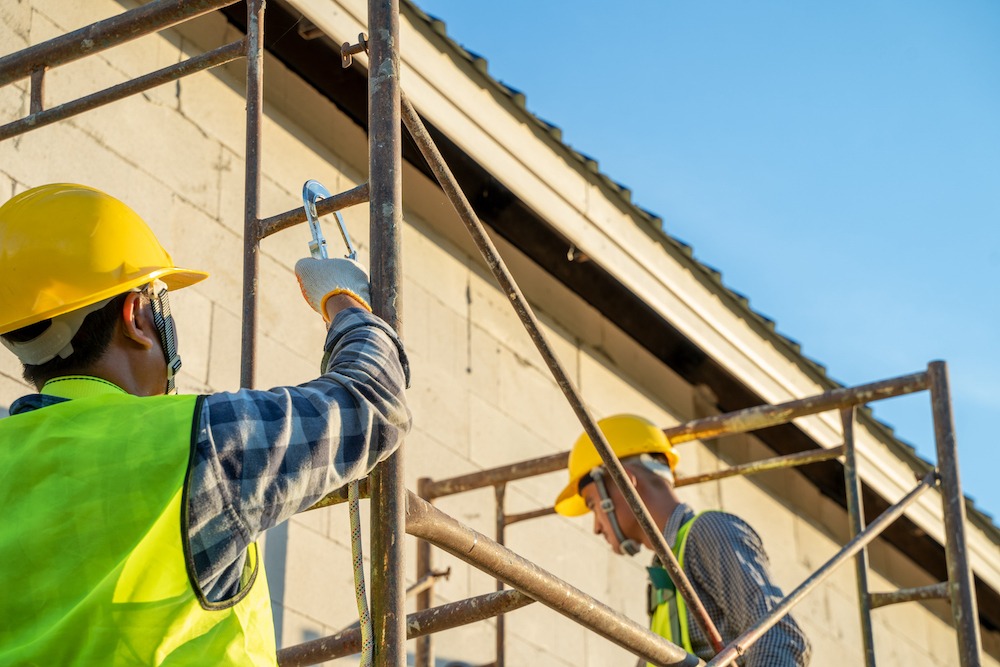Construction workers have to uphold various health and safety regulations. One of the elements that is often forgotten, however, is how to manage an emergency. Each jobsite should have a designated person for emergency management, which is usually the supervisor. They are responsible for the emergency plan, and hopefully they have done their due diligence preparing for emergencies by preparing for OSHA safety inspections. But what should the emergency plan include?
Emergency Escape Procedures
This should include floor plans with the evacuation routes, where shutoff valves and switches are for the utilities and where all emergency equipment and medical supplies are. This has to be determined each time it is moved.
Emergency Personnel
There should be a list of people that makes it clear who does what during an emergency and what their duties are. For instance, someone will be done a rapid area search and someone else will supervise the evacuation.
Accounting for Staff
A primary assembly point should be designated and clearly indicated. Someone should also be responsible for the accounting for all members of staff. A good assembly point is at the jobsite trailers.
Rescue Medical Duties
Someone should be in charge of the first aid facilities as well. However, it has to be clear that workers should only be provided with first aid on site if this can be done safely and by someone who is trained in first aid.
Reporting Emergencies
Full clarity should be provided to all employees on how and where to report different types of emergencies. The supervisor should keep a record of what happened and where, whether there were injuries and who was involved in the incident.
Alarm Systems on Site
There should also be employee alarms, and they have to comply with CFR Part 1926.159. The supervisor in charge may determine which type of alarm is used for which type of emergency. For instance, three long blasts could mean that there is a fire or two short blasts followed by one long one could indicate a bomb. On small jobsites this could be done with a vehicle horn, but larger jobsites will require specially installed alarm systems.
Evacuation Types
The supervisor will also do a risk assessment of each workplace and jobsite to find out what the best way of evacuating the area is.
Employee Responsibilities
Minor incidents mean that the incident does not affect work procedures. Businesses will have separate actions in place for that. If the incident is not minor, however, all employees will be expected to comply with the procedures and guidelines that have been set out by the supervising emergency response team. It is important to include information on whether or not employees should remove injured people from the site in certain situations and, if so, where they should leave them. Generally speaking, if there isn’t a threat of further injuries being sustained by staying in place, your employees should leave injured people where they are.
Training Requirements
The emergency action plan needs to be reviewed regularly and training must be provided as an when necessary for all involved.





